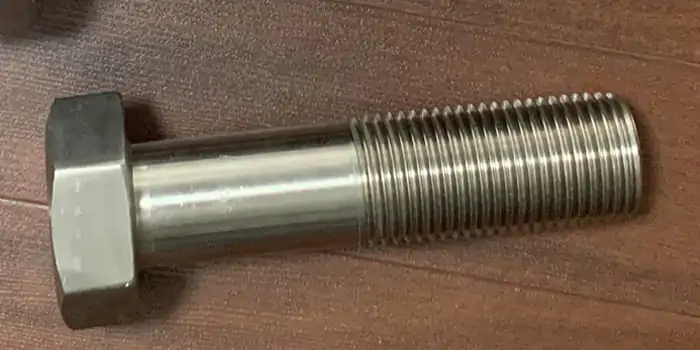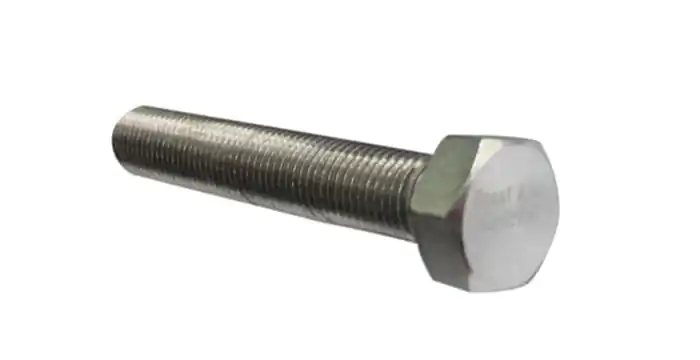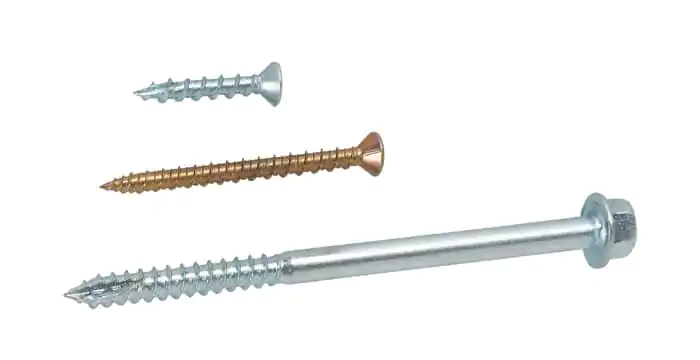Fastener galling is a common issue faced across industries like construction, automotive, aerospace, and heavy machinery. It happens when metal threads seize or “cold weld” due to friction, often leading to damage and malfunction. This results in costly downtime and increased maintenance. The good news is, there are proven strategies to prevent fastener galling and ensure long-lasting, reliable connections in demanding applications.
To prevent fastener galling, use multiple strategies: slow down the tightening process to reduce heat buildup, and use the right lubricants such as anti-seize compounds or thread lubricants containing molybdenum disulfide or PTFE coatings. Additionally, consider choosing fasteners made from materials with low friction coefficients and prefer coarse threads over fine ones. Maintaining proper alignment and avoiding damaged threads also play a key role in reducing galling risk.
By following these strategies, you can reduce the chances of fastener galling. This will help your applications last longer and work more safely. Let’s take a closer look at these methods to make sure you get the best results.

What Is Thread Galling?
Galling occurs when two metal surfaces experience friction under high pressure, causing material transfer from one part to another. This leads to “cold welding” of the threads, making it difficult to loosen the fastener. Industries exposed to high loads and pressures, like construction, automotive, and aerospace, often face this challenge.
Which Fasteners Are Most Vulnerable?
Fasteners made from softer metals such as aluminum or stainless steel are particularly prone to galling. These materials tend to transfer material under high pressure, leading to cold welding. Fine-threaded bolts are especially vulnerable, as their small tolerance between threads increases friction and the likelihood of galling.
What Lubricant Prevents Galling?
The best lubricants for preventing galling include those containing molybdenum disulfide, PTFE, and Dicronite®. These lubricants reduce friction, help dissipate heat, and protect fasteners from seizing. Anti-seize compounds are commonly used across various industries to offer lasting protection against galling.
What You Can Do to Prevent Fastener Galling?
Here are several key methods that will help you prevent fastener galling and keep your fasteners in top condition:

1. Use Lubricants
Lubricants such as anti-seize compounds or thread lubricants with molybdenum disulfide or PTFE are crucial for minimizing friction. They help protect the threads during installation and significantly reduce the risk of galling.
2. Select the Right Materials
Choose fasteners made from materials with low friction coefficients. For example, silicon bronze fasteners offer reduced wear compared to materials like stainless steel or aluminum.
3. Control Installation Speed
Avoid tightening fasteners too quickly, as this generates excessive heat. Slow down the process, especially when using power tools on sensitive materials like stainless steel, to reduce the risk of galling.
4. Check Threads for Damage
Always inspect the threads before installation. Any dirt or damage increases friction, which increases the chances of galling.
5. Choose Coarse Threads
Coarse threads provide better tolerance and greater surface contact, making them less prone to seizing compared to fine threads.
6. Ensure Proper Alignment
Proper alignment of fasteners helps reduce friction, minimizing the chances of galling during the installation process.
How to Prevent Aluminium Galling?
Aluminum is especially prone to galling due to its softness and low melting point. To prevent galling in aluminum:
- Use lubricants with PTFE coatings or molybdenum disulfide to create a protective layer.
- Opt for coarse-threaded fasteners to increase tolerance and reduce the chances of cold welding.
- Consider surface hardening treatments to enhance the material’s resistance to galling.
Does WD-40 Prevent Galling?
While WD-40 can temporarily reduce friction, it is not a permanent solution for preventing galling in high-stress applications. For longer-lasting protection, opt for anti-seize lubricants or thread lubricants designed to handle higher temperatures and pressures.
Conclusion
Preventing fastener galling is crucial for ensuring the durability and reliability of your connections. By using the right lubricants, selecting materials with low friction coefficients, and controlling the installation speed, you can effectively reduce the risk of galling. These strategies will not only enhance performance but also reduce downtime for your operations. Don’t wait for galling to become an issue—take action now to protect your fasteners and ensure long-term success in your projects.
For more information on fasteners or if you need help selecting the right bolt for your project, contact us at Shanghai Hengrui Industry Co., Ltd or email me at info@hrfastener.com.










